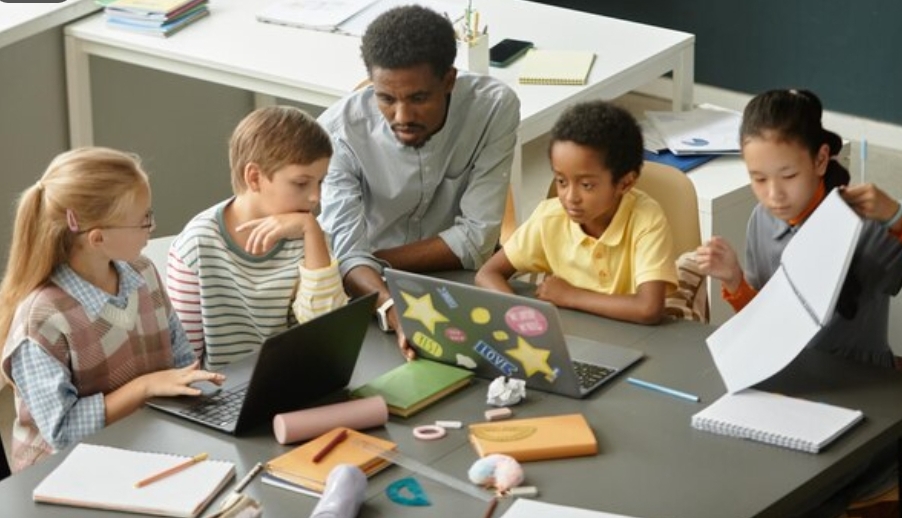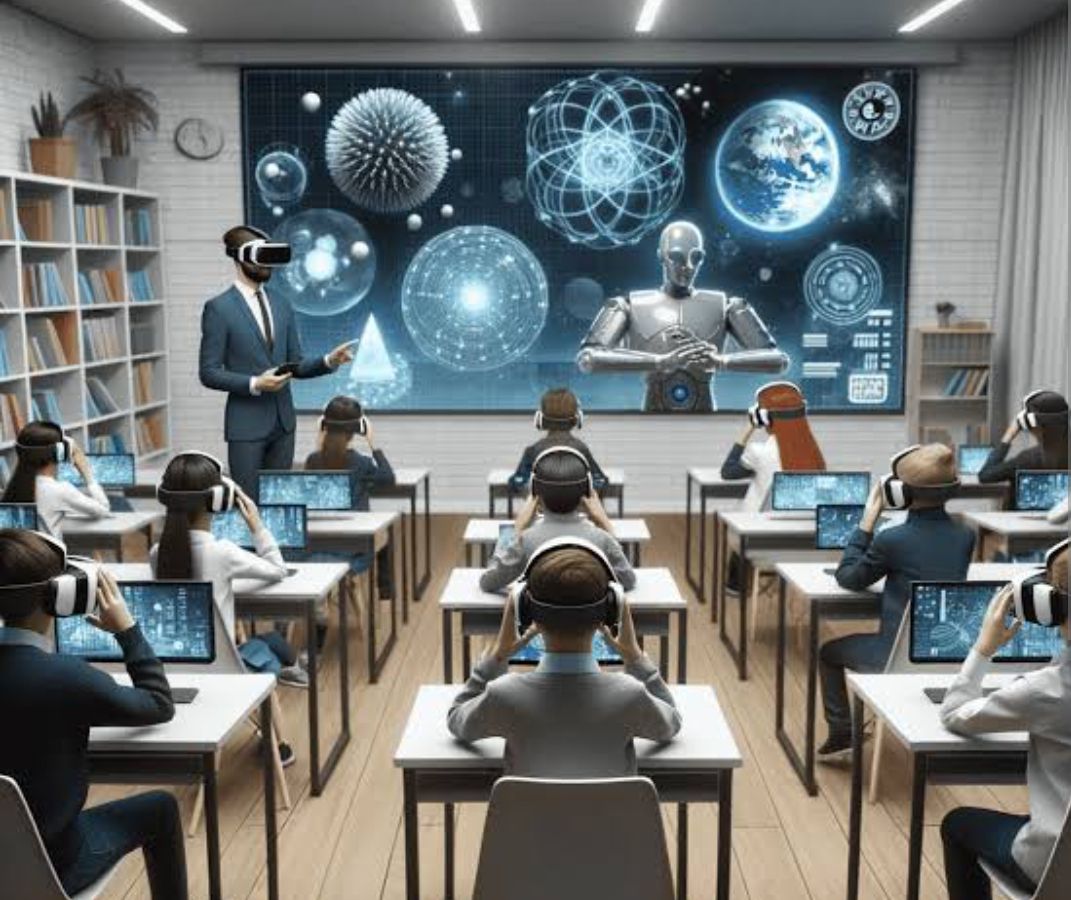
In today’s fast-evolving digital world, the collaboration between schools and tech companies has become a powerful tool for enhancing learning experiences. This case study dives into how successful partnerships are transforming education, empowering students, and equipping educators with cutting-edge tools.
Why Schools Partner with Tech Companies
Schools are continually seeking ways to improve teaching methods and reach students more effectively. Partnering with tech companies allows schools to access innovative tools and resources without exhausting their budgets. These partnerships offer schools the latest technology and expertise, opening doors to new educational methods and personalized learning. For tech companies, collaborating with schools provides a real-world testing ground for their products and feedback to refine them further. When both sectors work together, students benefit the most, gaining valuable digital skills and a more engaging, tailored learning experience.
Real-World Examples of School-Tech Collaboration
1. Google for Education and Public Schools
Google has partnered with various schools worldwide to provide Google Workspace for Education. Tools like Google Classroom, Docs, and Slides offer students collaborative platforms to complete assignments and engage with peers. In the United States, many public schools utilize these tools, which have improved communication between teachers and students, streamlined assignment submissions, and fostered group work.In Nigeria, some private schools have adopted Google’s tools to facilitate learning, especially during the pandemic. Students can access their coursework online, making education more accessible and flexible.
2. Microsoft’s Partnership with African Schools
Microsoft has launched the “Microsoft in Education” initiative, partnering with schools across Africa, including Nigeria, to provide resources like Microsoft Teams and OneNote. These tools have been essential for digital learning, especially in rural areas where resources are limited. By providing training to teachers, Microsoft has ensured that educators are comfortable using these tools, helping students learn more effectively.
3. Khan Academy and Low-Income Schools
Khan Academy collaborates with schools in low-income areas by providing free access to high-quality educational resources. Teachers use Khan Academy’s materials to supplement their curriculum, particularly in math and science. This partnership has made learning more accessible, especially for students who may not afford private tutoring.
4. IBM’s Teacher Training Initiatives
IBM has collaborated with schools to offer teacher training programs, focusing on data science, artificial intelligence, and cloud computing. In partnership with educational institutions, IBM helps teachers develop the skills needed to educate students on emerging technologies. By equipping teachers with this knowledge, IBM is preparing students for future careers in technology.
Benefits of School-Tech Collaborations
1. Enhanced Access to Resources
Partnerships with tech companies provide students access to premium resources. Instead of outdated textbooks, students can engage with dynamic, up-to-date online content.
2. Improved Student Engagement
Technology enables interactive and personalized learning. Tools like virtual reality (VR) make learning exciting by allowing students to explore topics in immersive ways. For instance, VR field trips can take students to historical sites or scientific environments without leaving the classroom.
3. Skill Development for the Digital Era
Collaborations prepare students for the digital economy. Through these partnerships, students learn valuable tech skills, including coding, problem-solving, and digital communication. These skills are crucial in today’s job market.
4. Support for Educators
Teachers receive support through training and access to educational tools. With the right training, they can effectively integrate technology into their lessons, creating a more comprehensive learning experience.
Challenges Faced in School-Tech Partnerships
1. Resource Inequity
Some schools lack the infrastructure to support digital learning, making it hard to fully benefit from tech partnerships. For example, schools in rural Nigeria may not have reliable internet access, limiting their use of digital tools.
2. Data Privacy Concerns
The collection of student data can pose privacy risks. Tech companies and schools must ensure data protection through secure systems and privacy policies.
3. Teacher Training Gaps
For technology to be effective, teachers must feel comfortable using it. Many teachers still require thorough training to maximize the potential of digital tools, which is why tech companies increasingly offer training as part of their partnerships.
Key Strategies for Successful School-Tech Collaborations
1. Set Clear Objectives
Both schools and tech companies should have a clear understanding of their goals. Defining objectives ensures that partnerships remain focused on enhancing student learning.
2. Provide Ongoing Training and Support
Continuous training is crucial for educators to use new tools effectively. Regular workshops and support sessions help teachers stay updated and confident with technology.
3. Ensure Accessibility and Inclusivity
Programs should be designed to benefit all students, regardless of their socioeconomic background. Tech companies must work with schools to ensure resources are accessible and adapted to different learning needs.
4. Maintain Open Communication
Both parties should maintain ongoing communication to evaluate the success of the partnership. Regular feedback allows for adjustments and improvements, ensuring that the collaboration remains beneficial.
Conclusion: Why School-Tech Partnerships Matter
In a world where technology is essential, school-tech collaborations can bridge the gap between traditional education and the digital era. These partnerships create enriched learning experiences, boost student engagement, and prepare young learners for the future. With the right support and resources, schools can harness the full potential of technology to enhance learning outcomes.
Curious about how tech partnerships could benefit your school or institution? Explore more success stories and strategies on our blog! Join the conversation and see how technology is shaping the future of education. Share your thoughts or experiences with us in the comments, let’s build a brighter, more connected learning environment for all.










